Produced on the occasion of Henrik Olesen’s exhibition at Museo Reina Sofía, Madrid, 26 June–21 October, 2019.
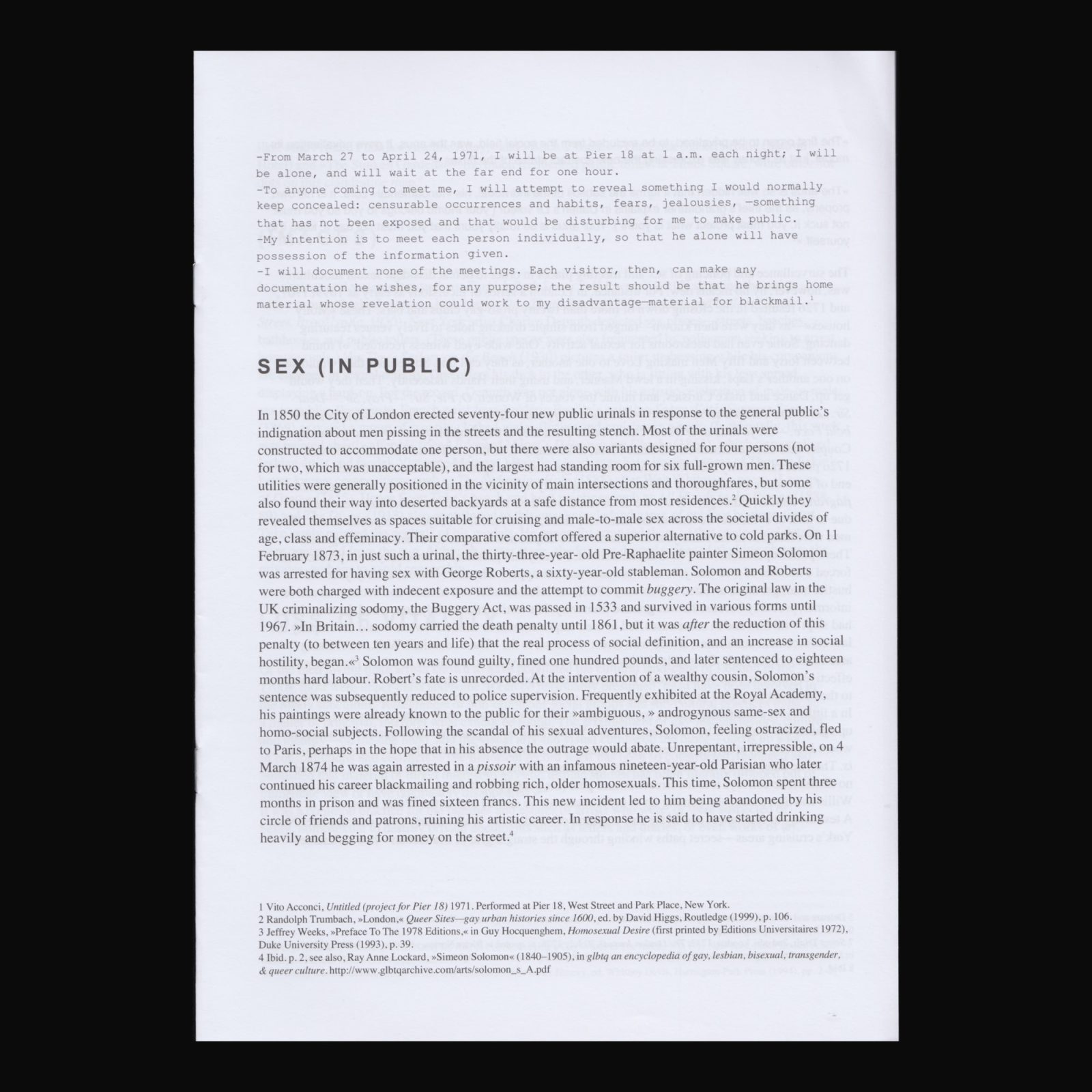
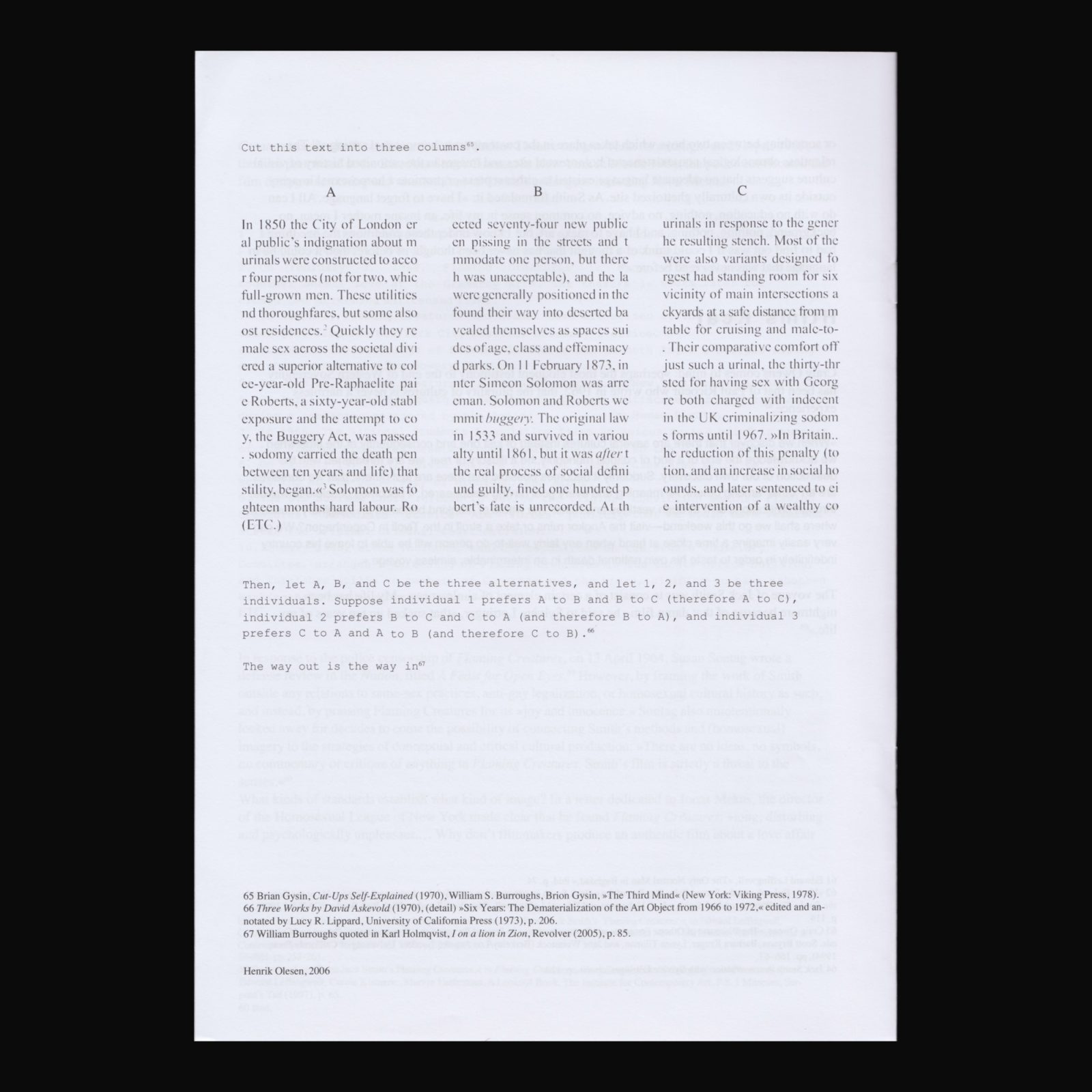


Produced on the occasion of Henrik Olesen’s exhibition at Museo Reina Sofía, Madrid, 26 June–21 October, 2019.
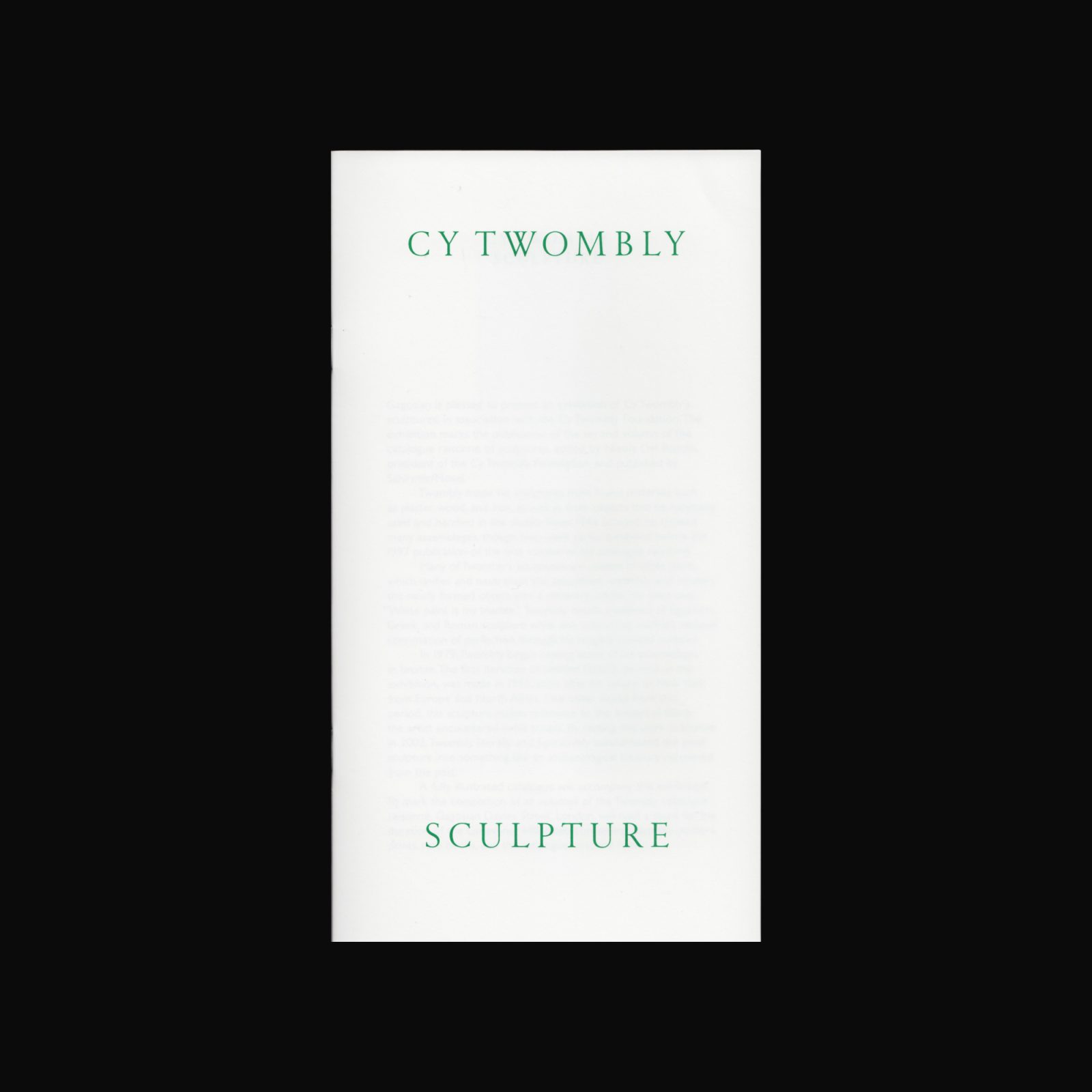
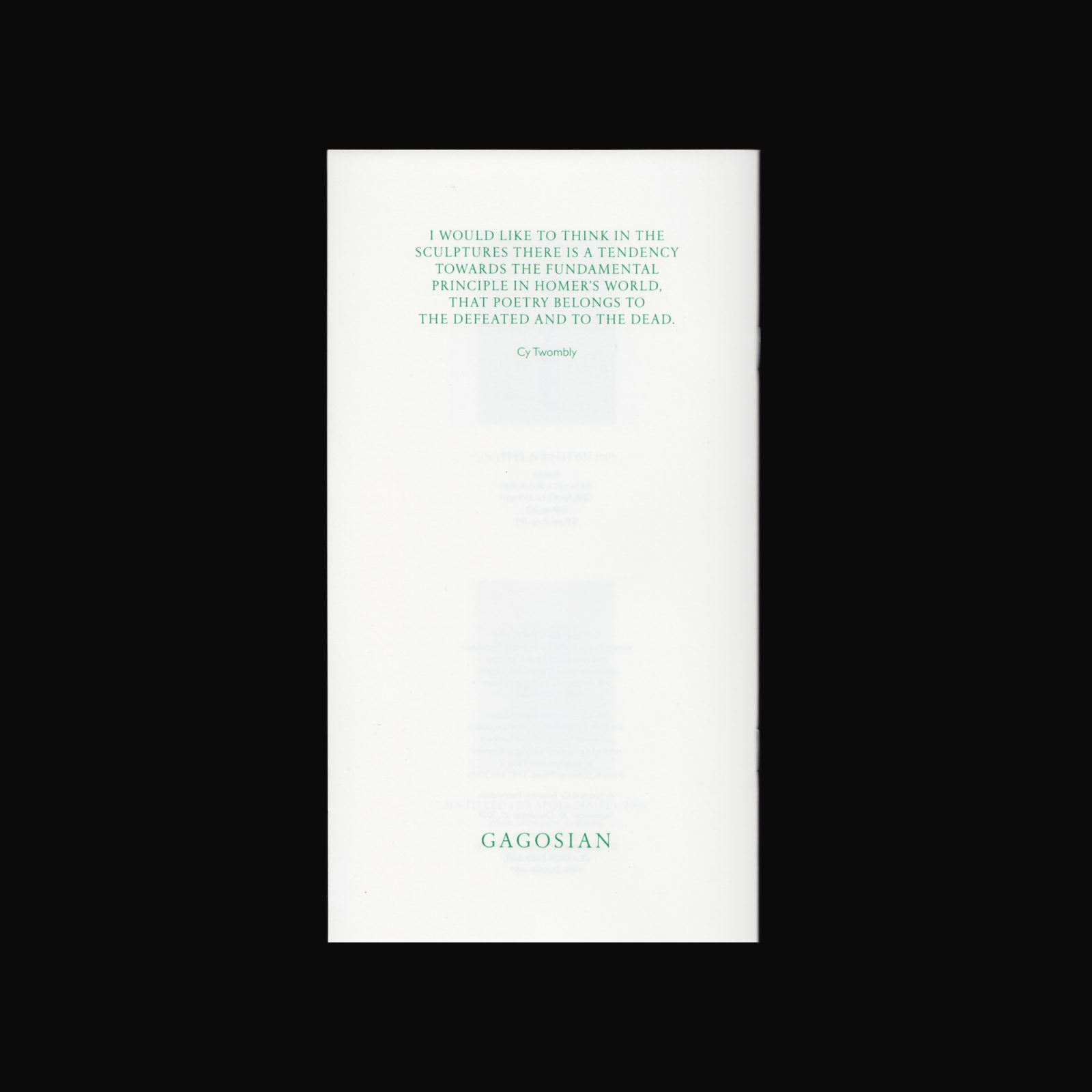
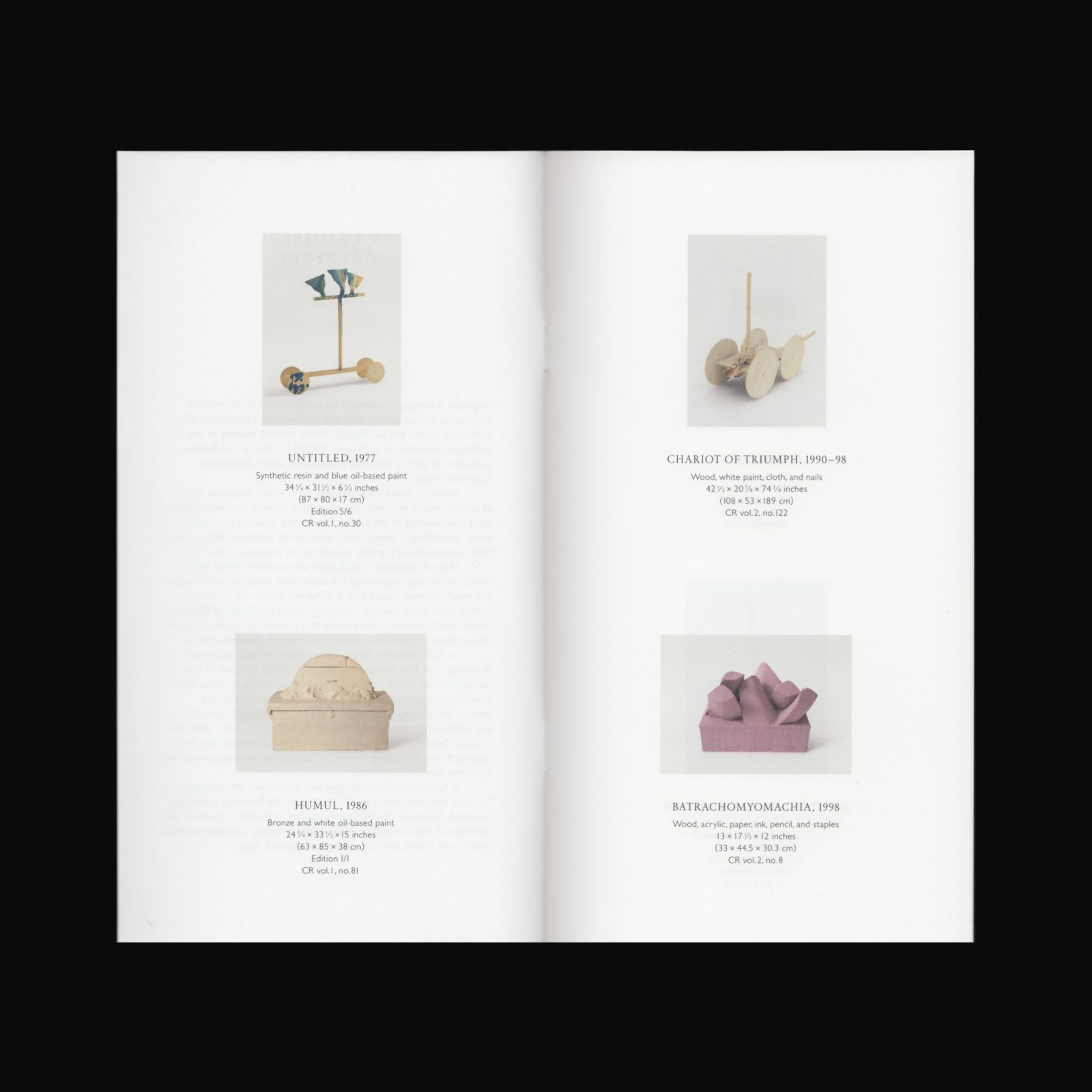
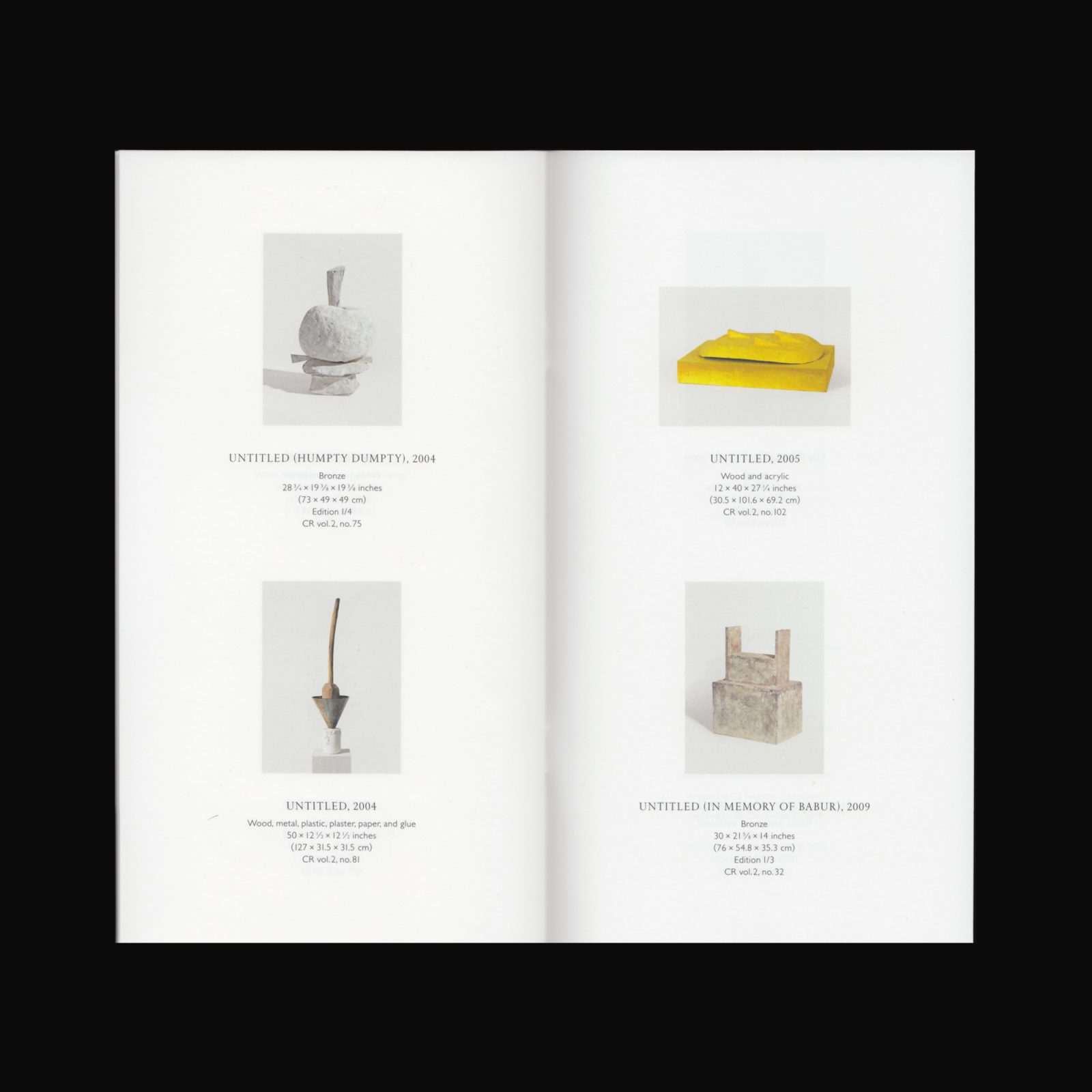
Exhibition pamphlet produced on the occasion of the exhibition Cy Twombly Sculpture at Gagosian Gallery, London, 30 September – 21 December, 2019.
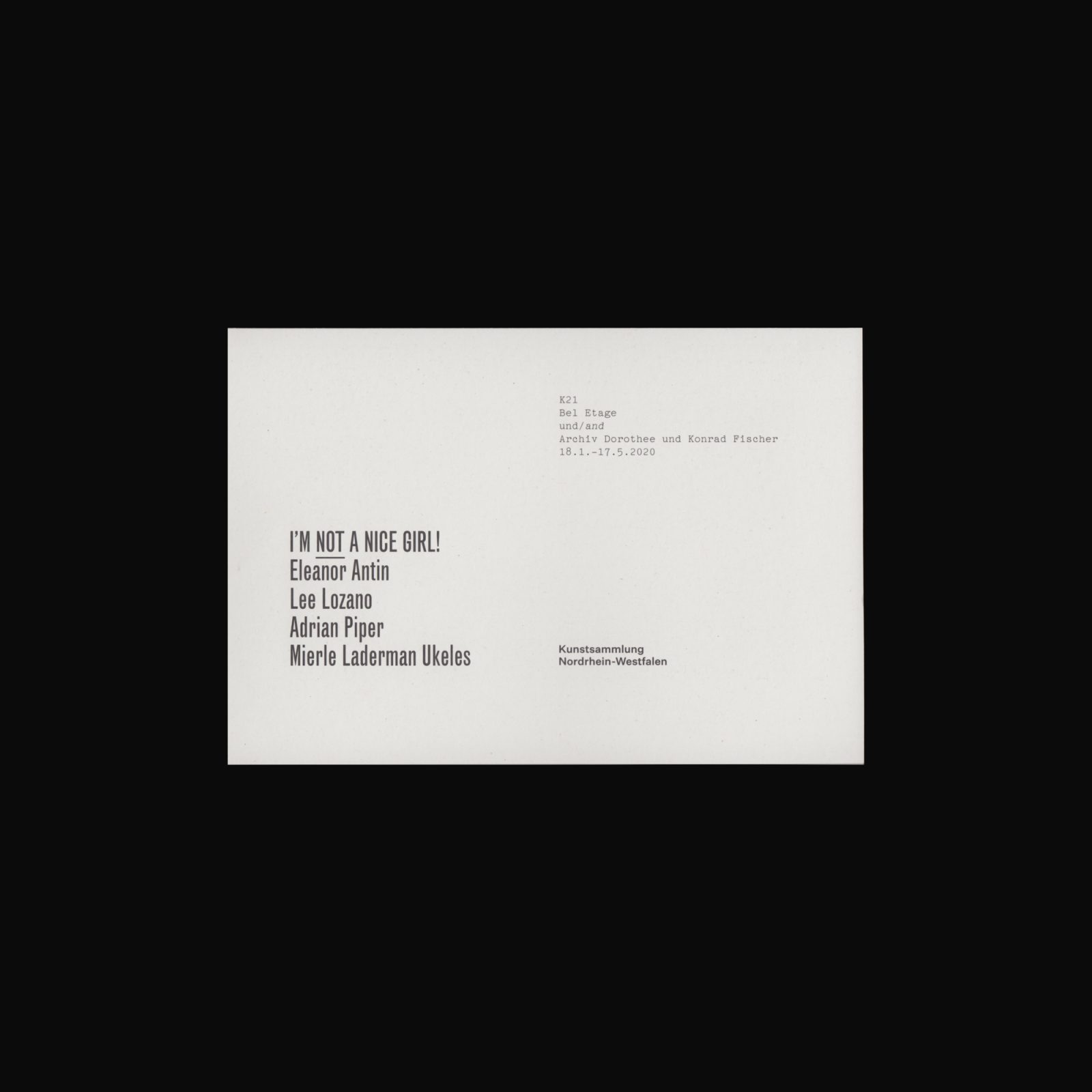
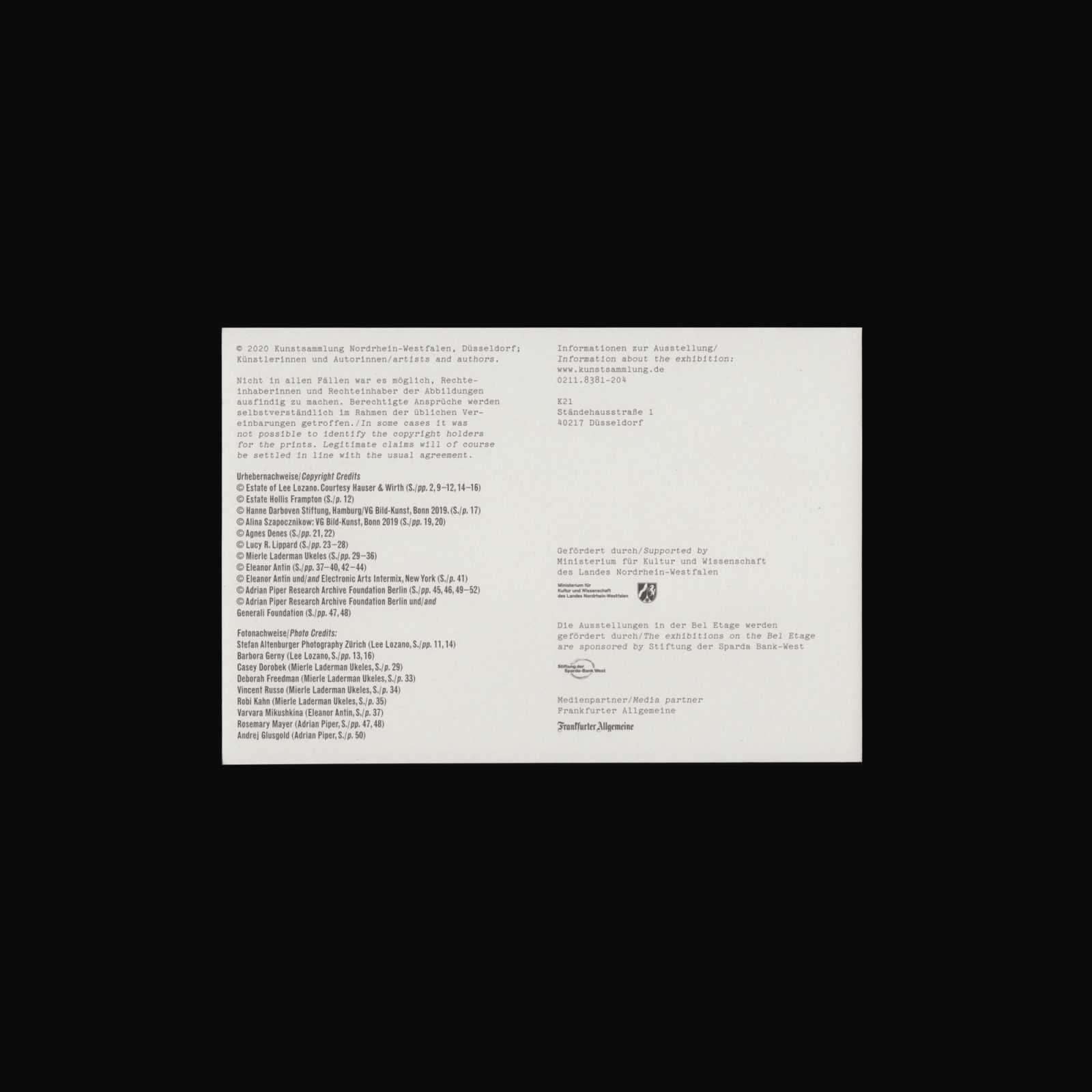
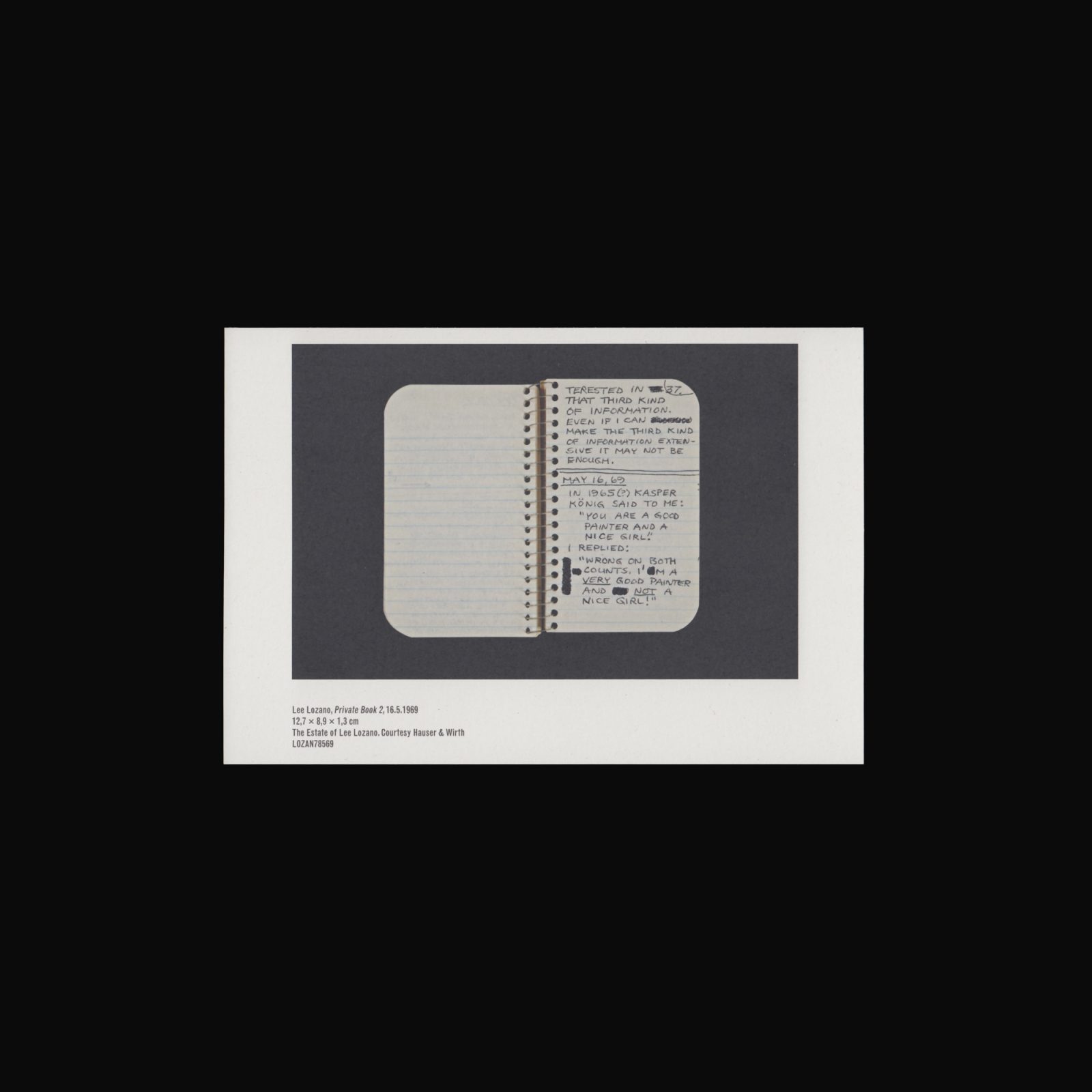

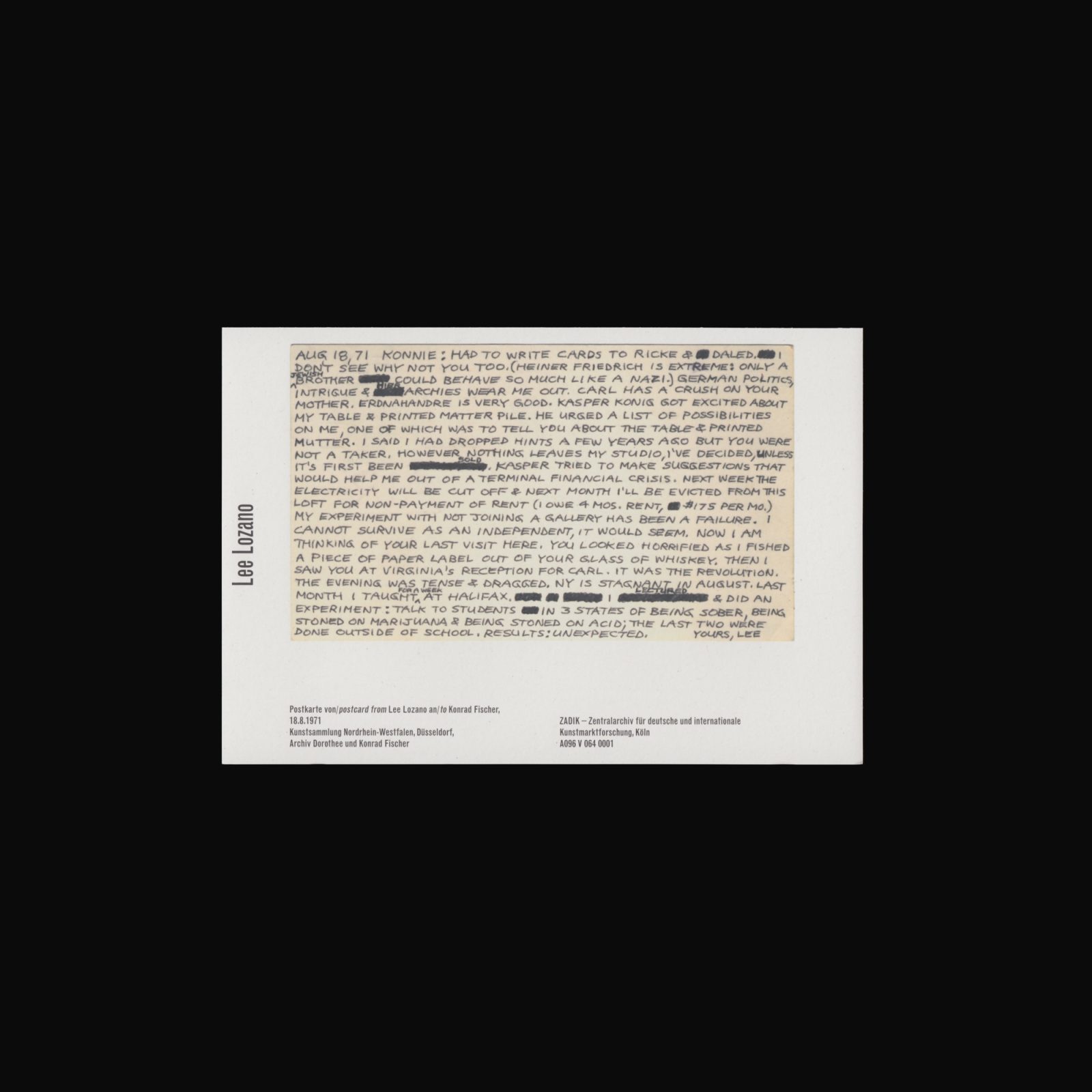
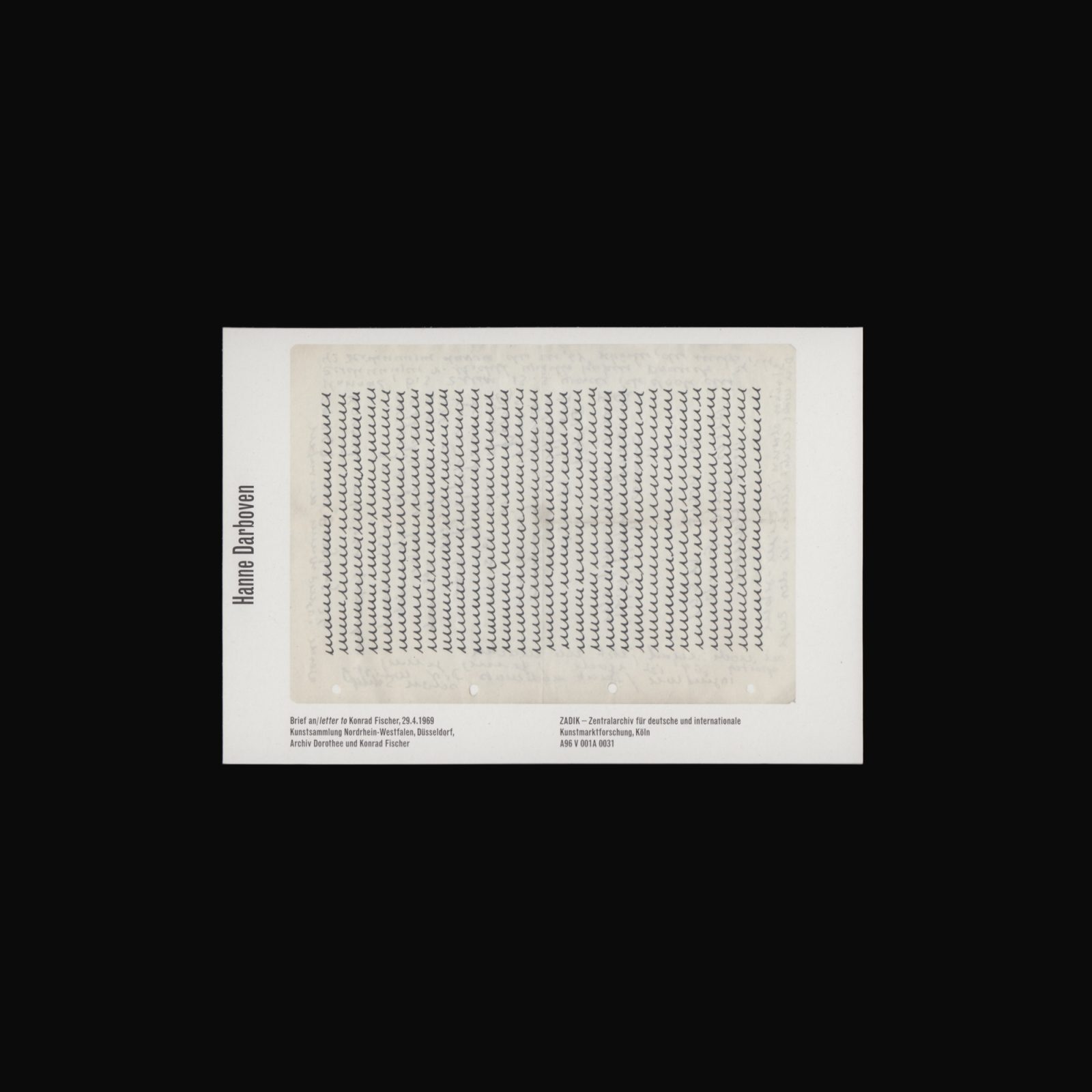
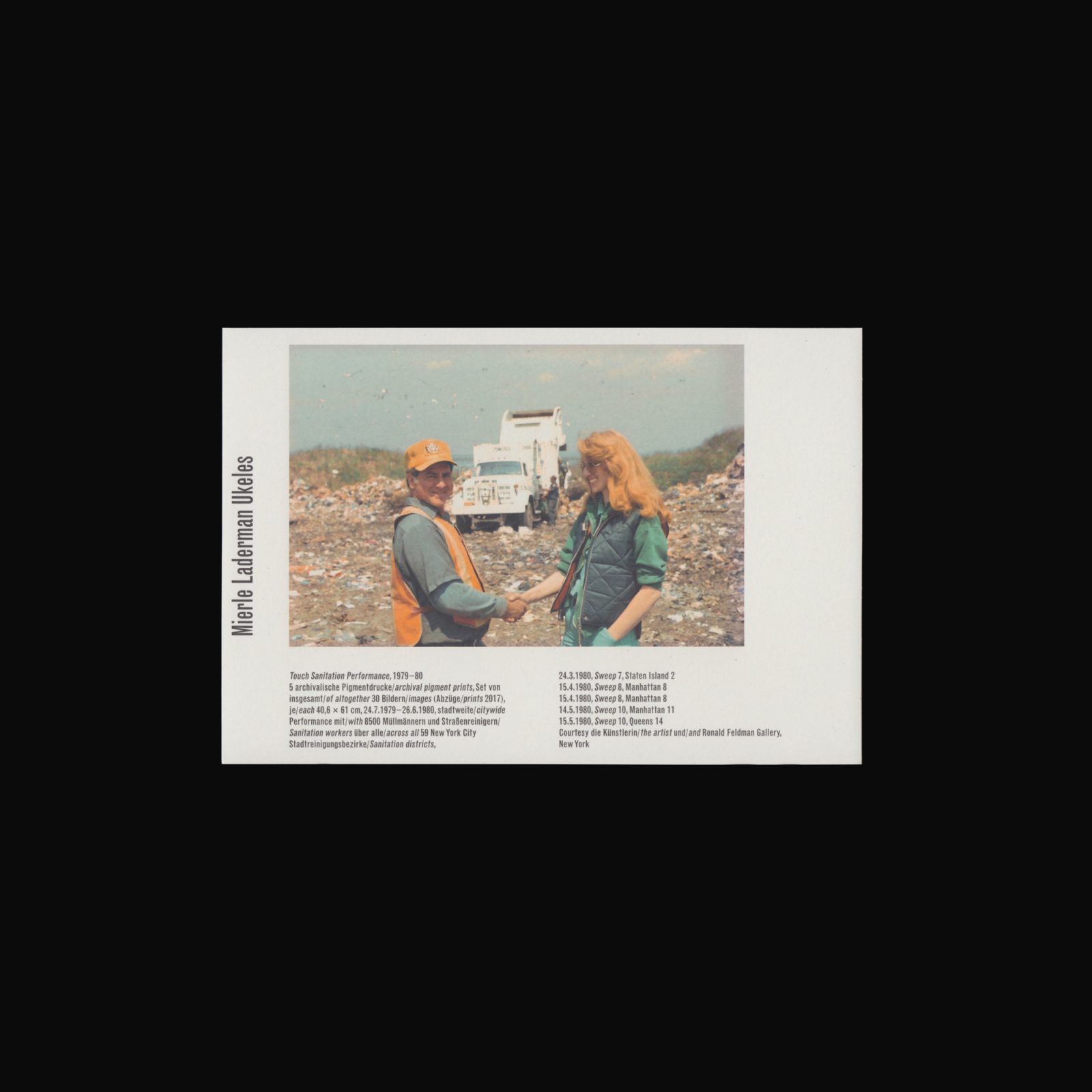
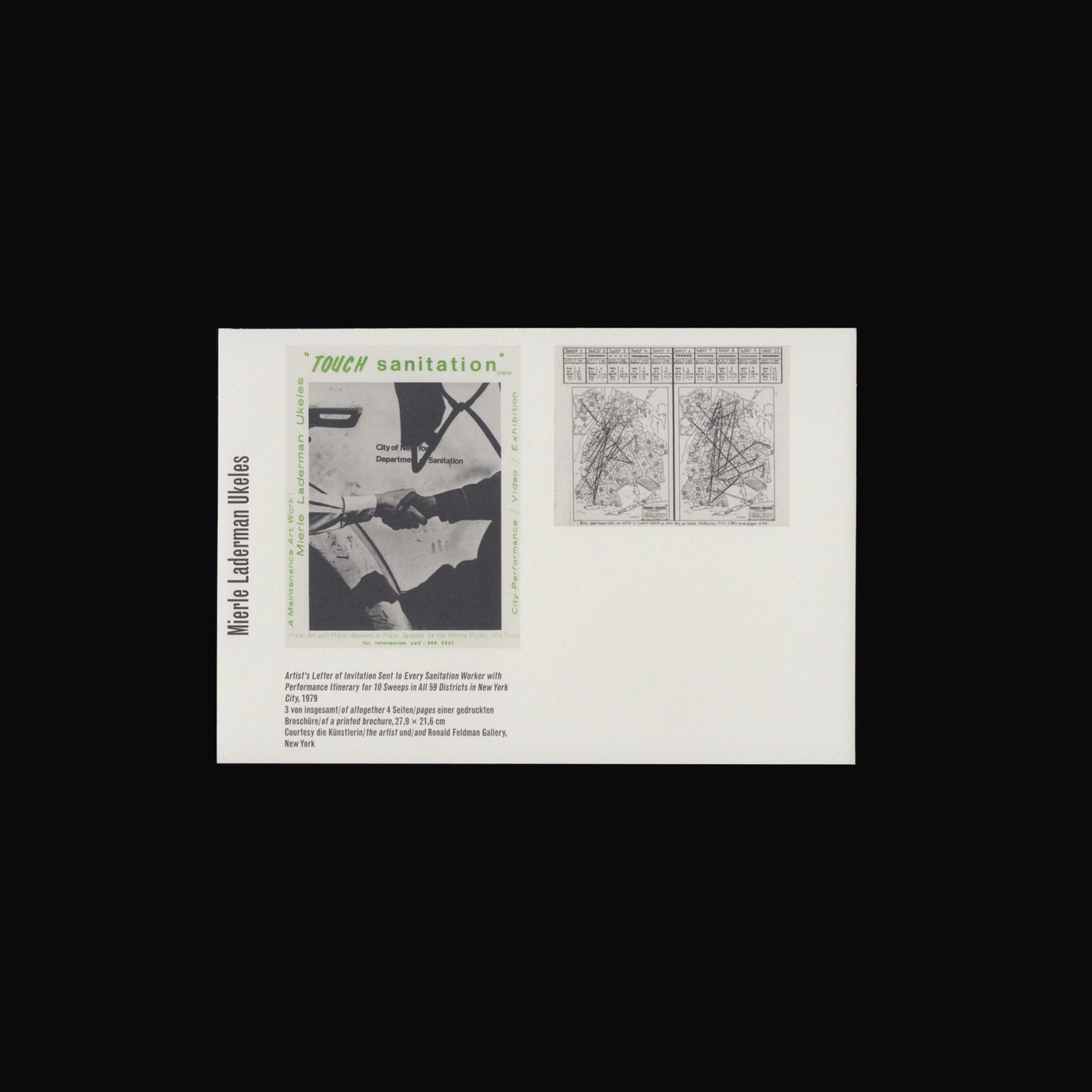
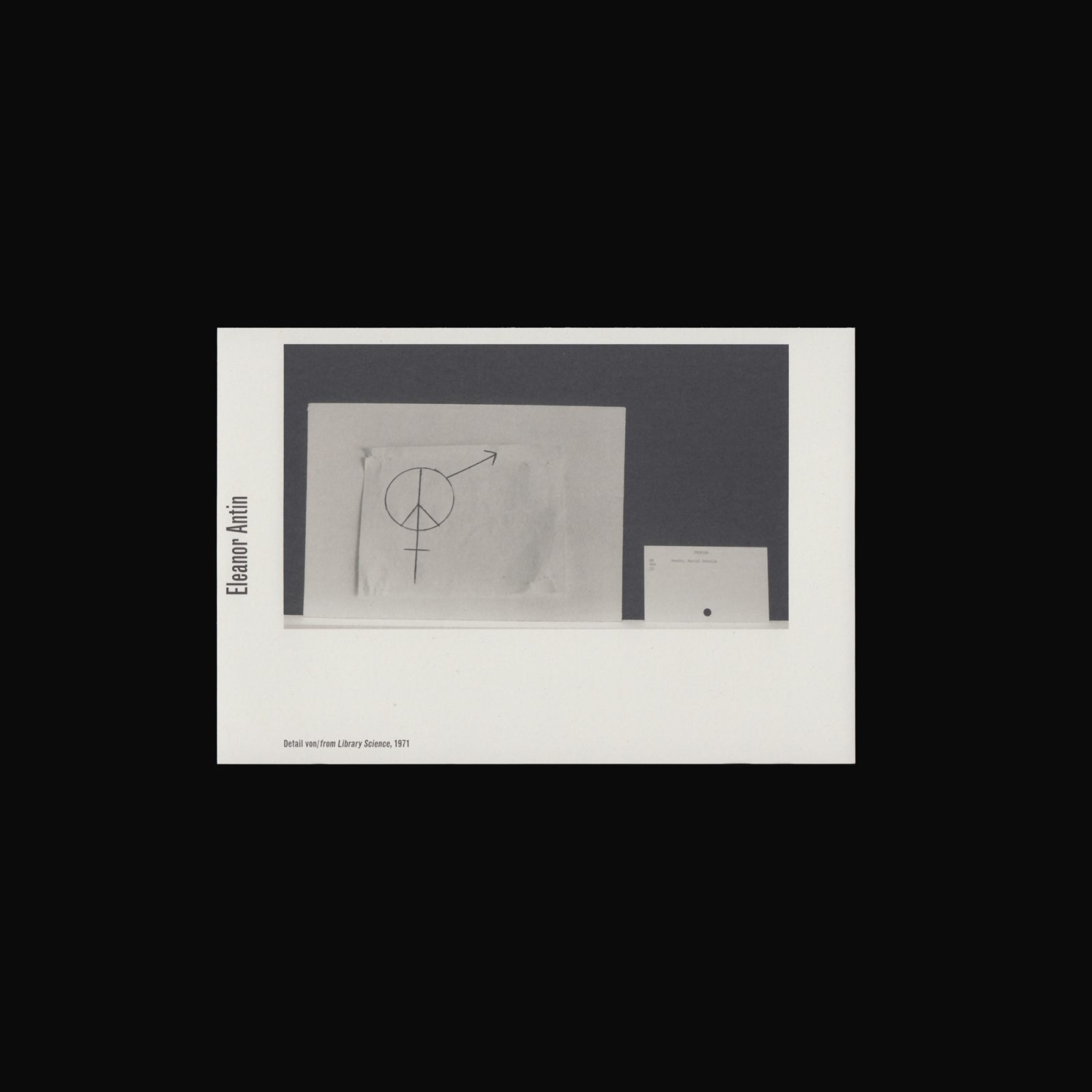
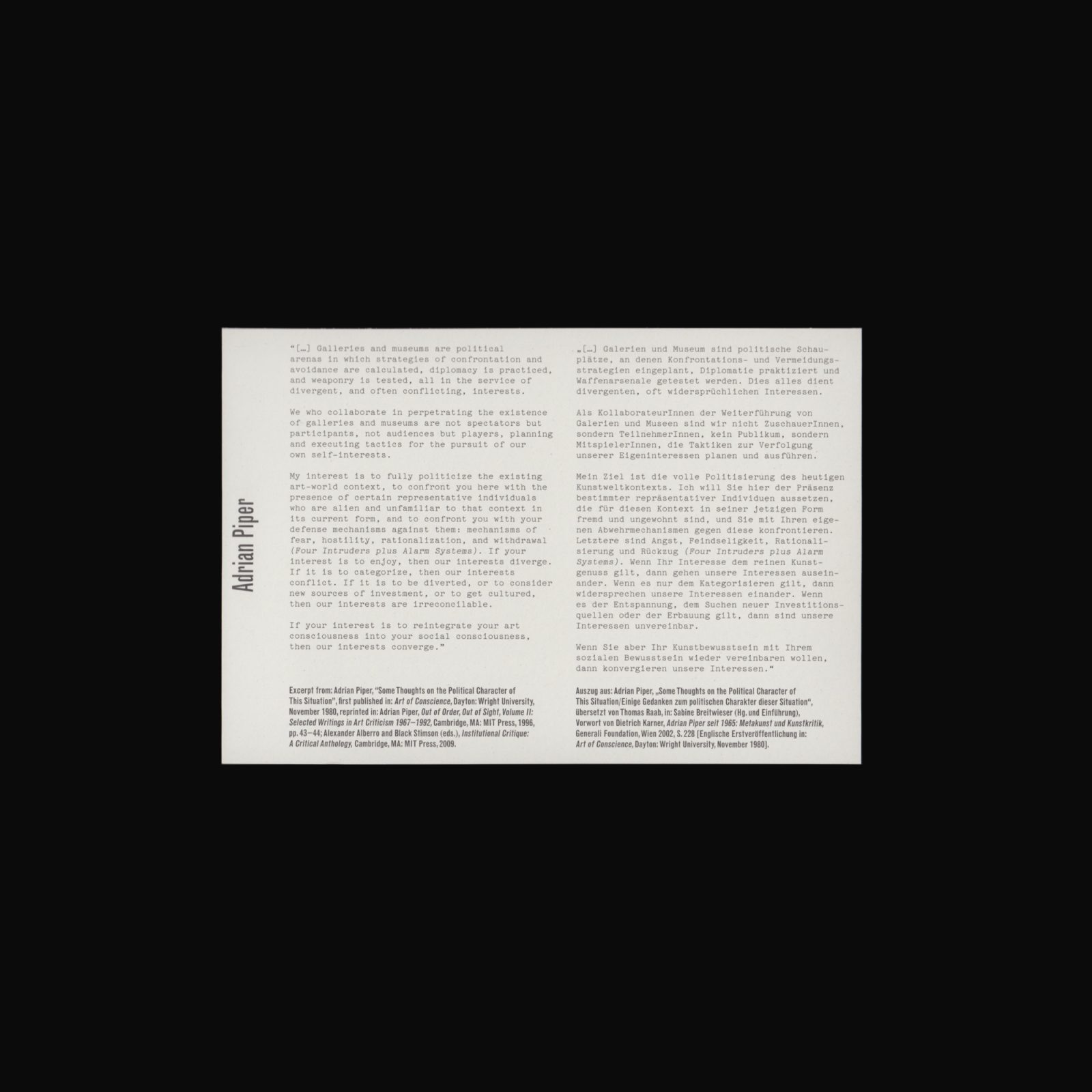
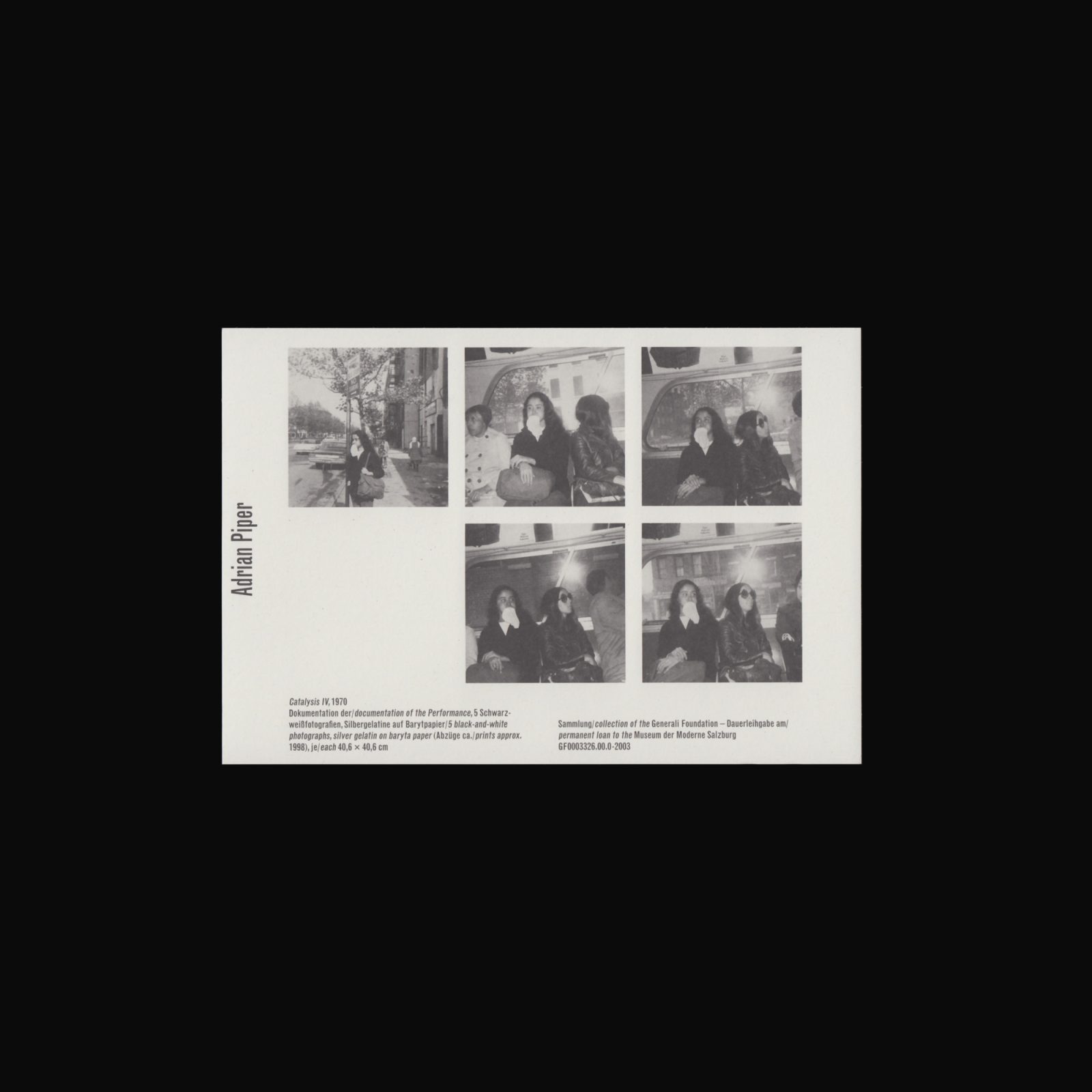
Produced on the occasion of the exhibition I’M NOT A NICE GIRL! Eleanor Antin, Lee Lozano, Adrian Piper, Mierle Laderman Ukeles at K21 Düsseldorf.
The point of departure for the exhibition is a series of documents that have rarely or never been shown before— letters, concepts, and photographs from the Archive Dorothee and Konrad Fischer which chronicle contacts between the internationally influential gallerist Konrad Fischer and Lucy R. Lippard, as well as women Conceptual artists from the late 1960s and early 1970s such as Eleanor Antin, Hanne Darboven, Agnes Denes, Adrian Piper, Lee Lozano, Charlotte Posenenske, and Alina Szapocznikow.
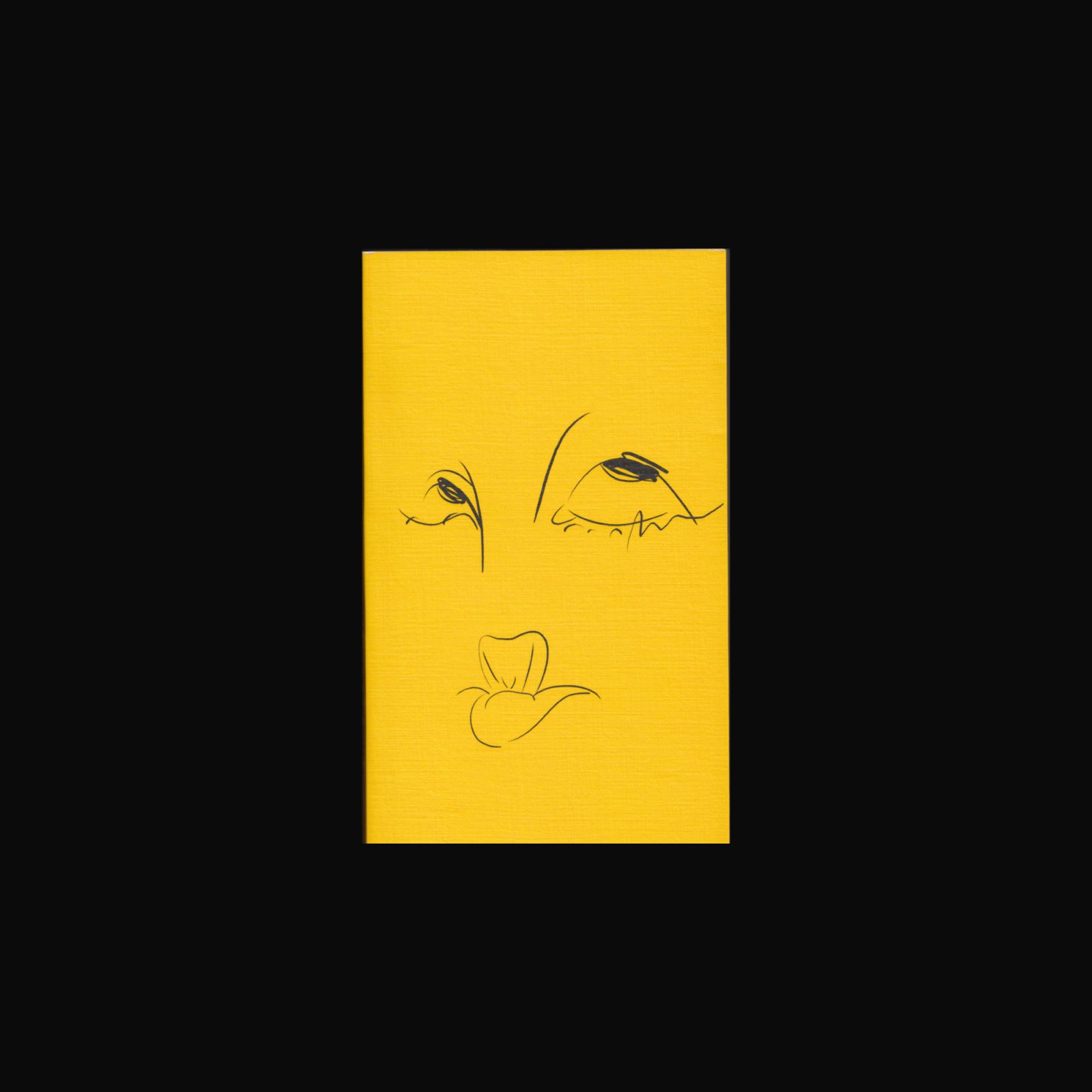

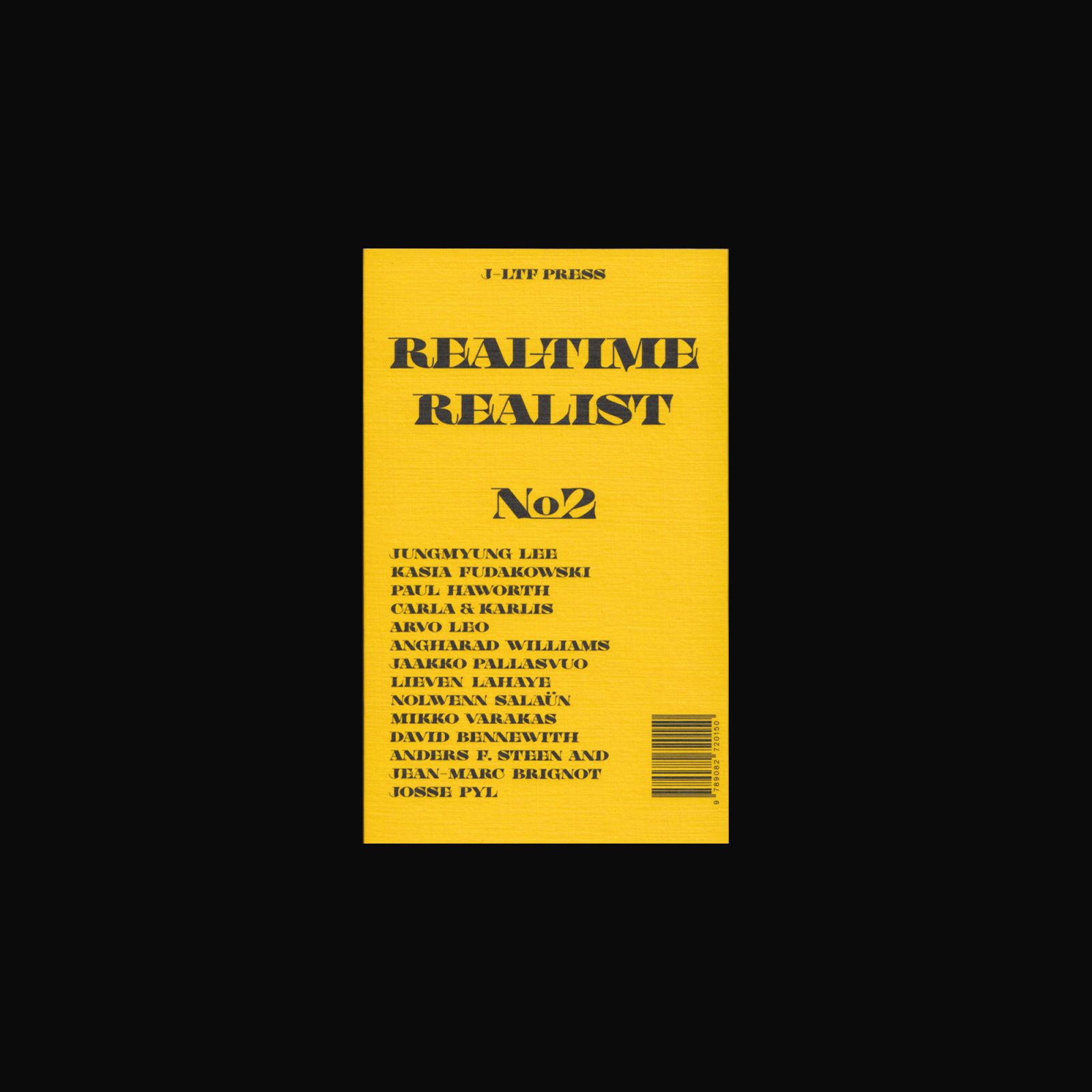
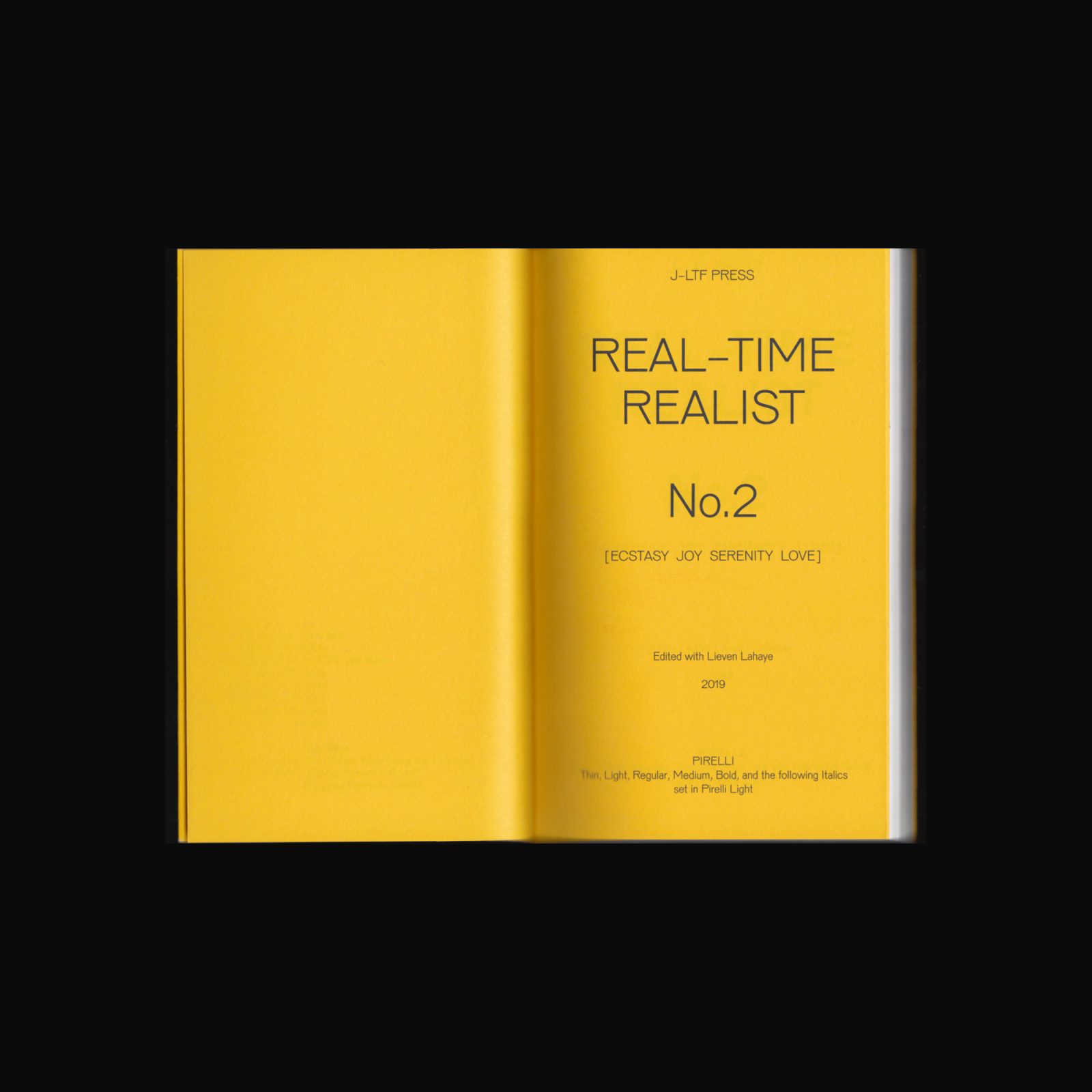
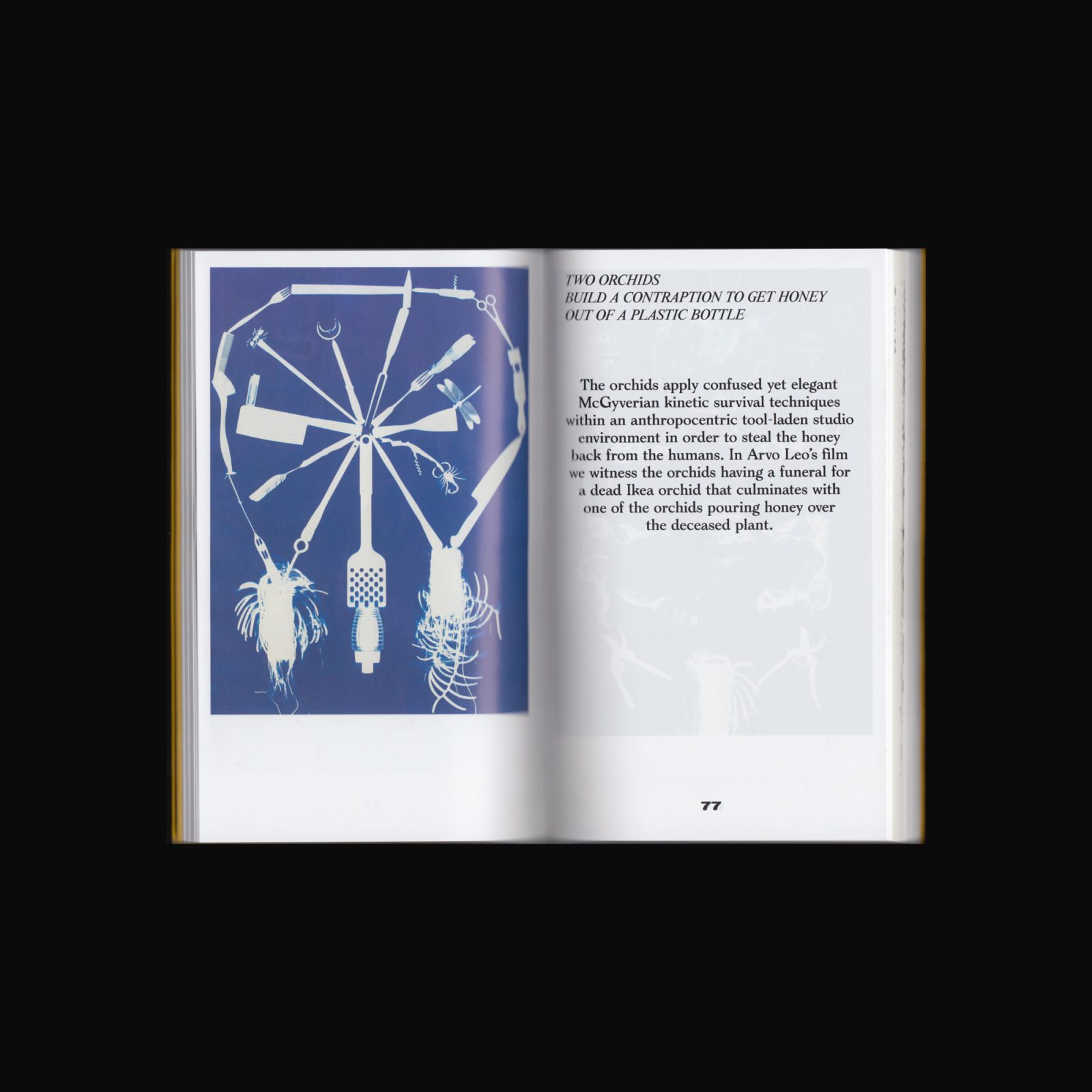
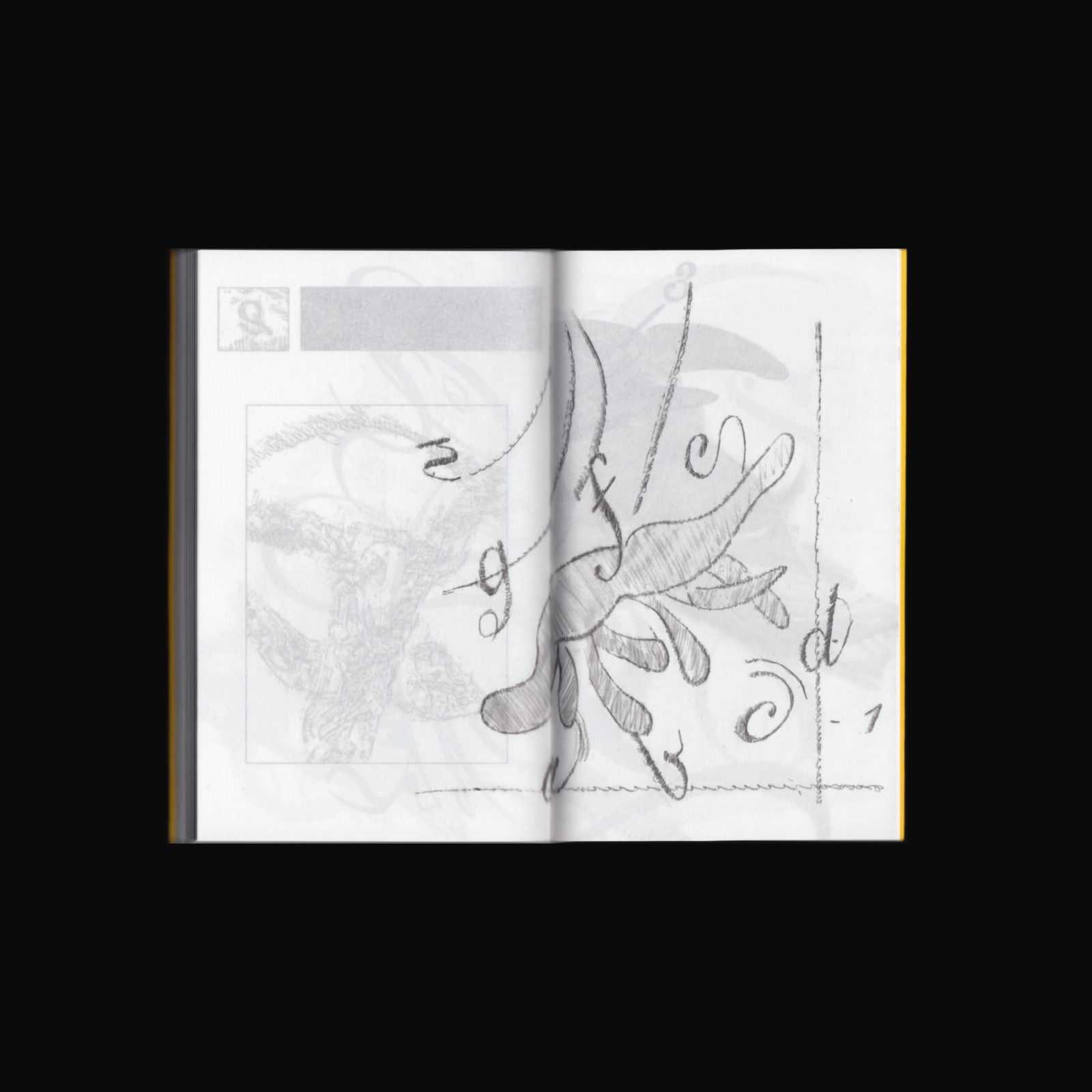
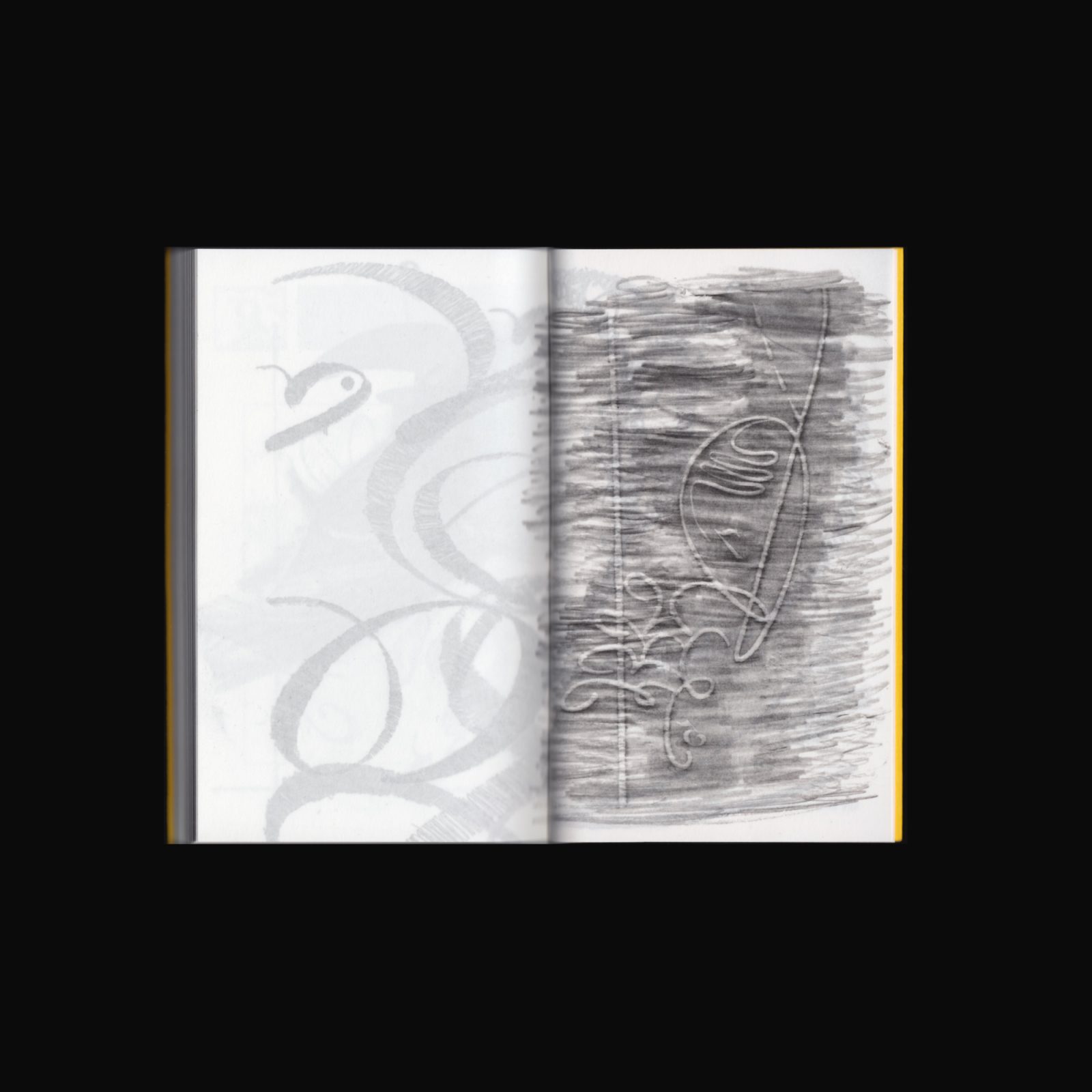
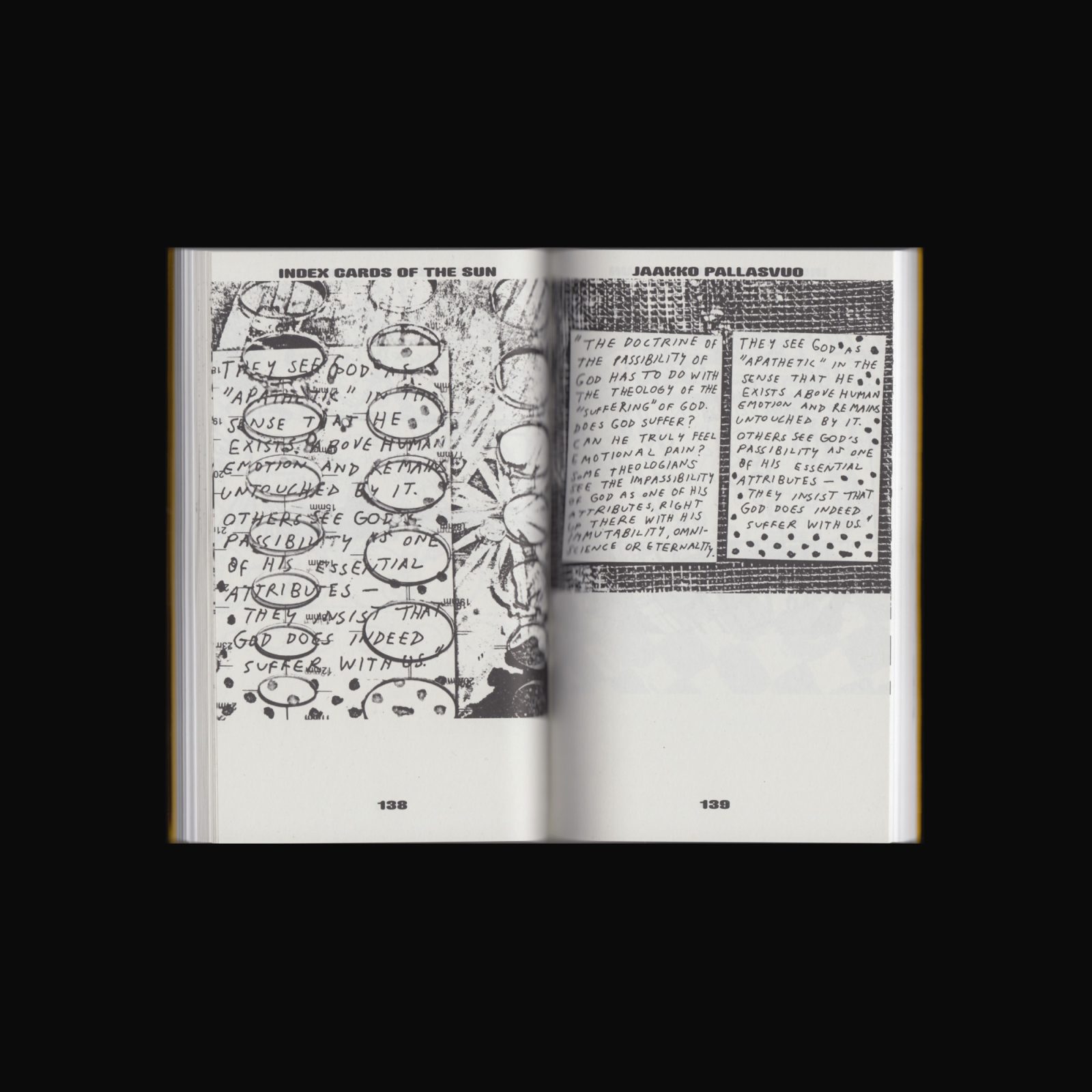
Real-Time Realist is a serial publication of J-LTF PRESS. This issue of Real-Time Realist explores Ecstasy, Joy, Serenity, and Love, The Yellow Wheel, with contributions from invited artists distilling the aforementioned emotions.
Contributors: Kasia Fudakowski, Paul Haworth, Carla & Karlis, Arvo Leo, Angharad Williams, Jaakko Pallasvuo, Lieven Lahaye, Nolwenn Salaün, Mikko Varakas, David Bennewith, Anders Frederik Steen and Jean-Marc Brignot, Josse Pyl, and Jungmyung Lee
Edited by Jungmyung Lee, Lieven Lahaye. Designed by Jungmyung Lee.
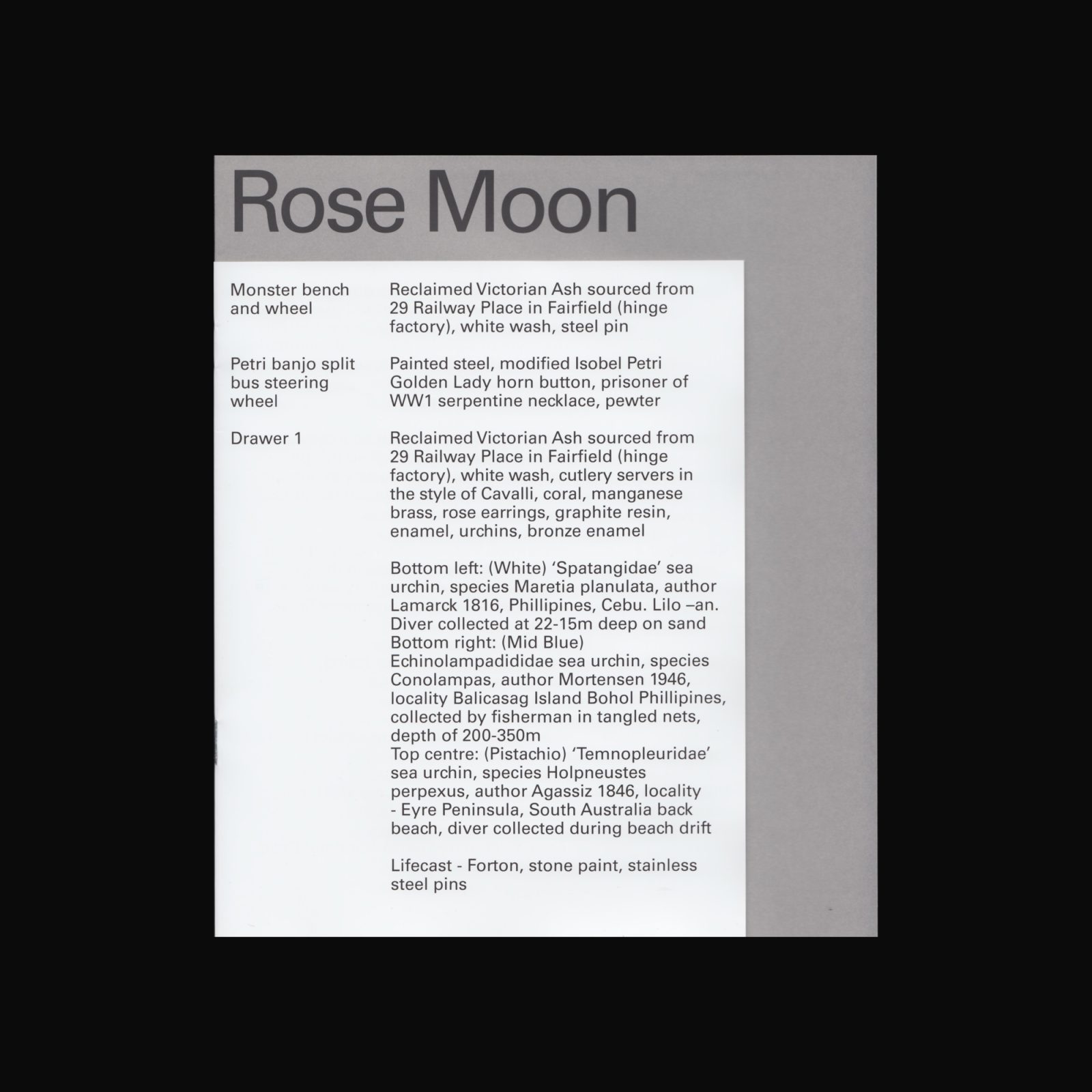
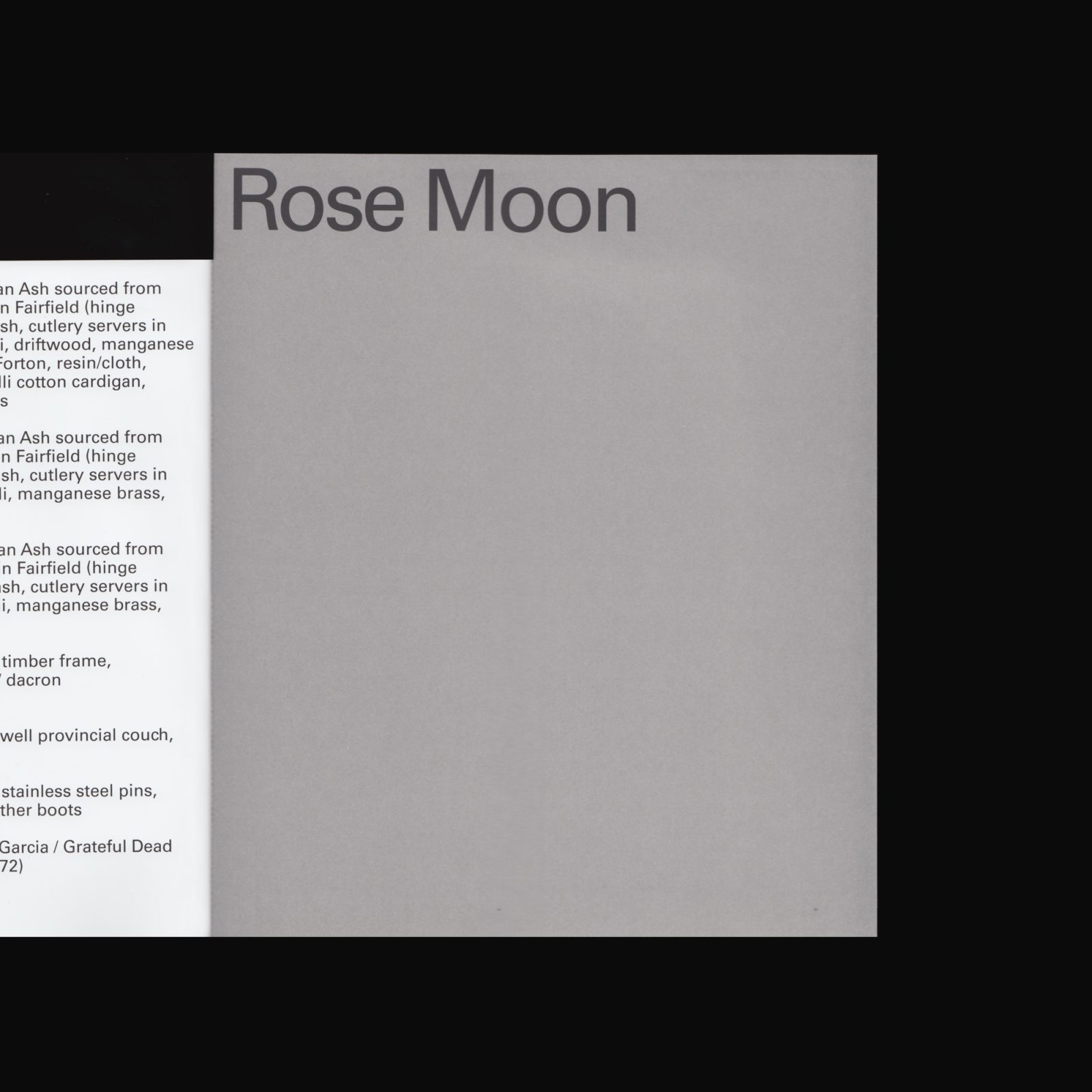
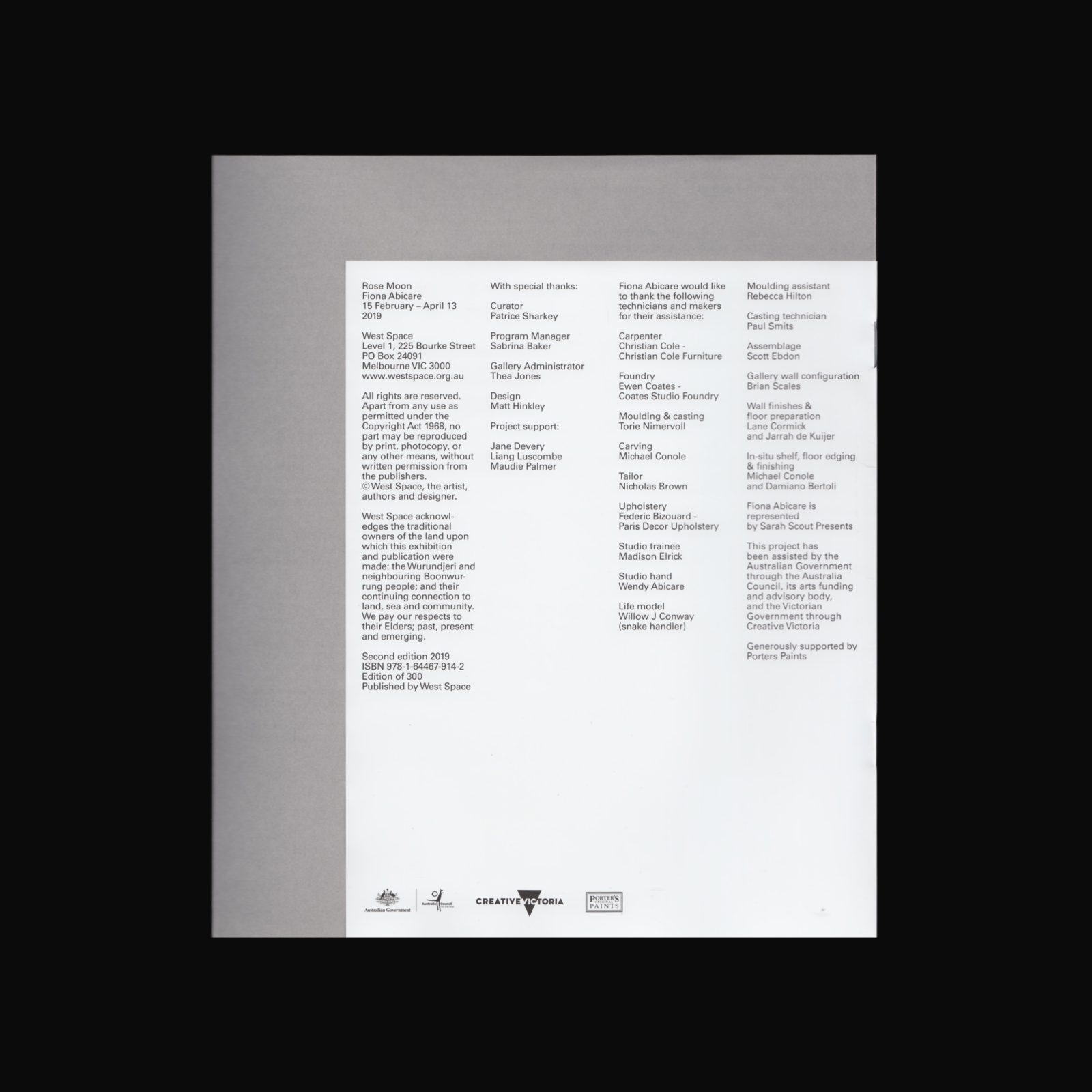
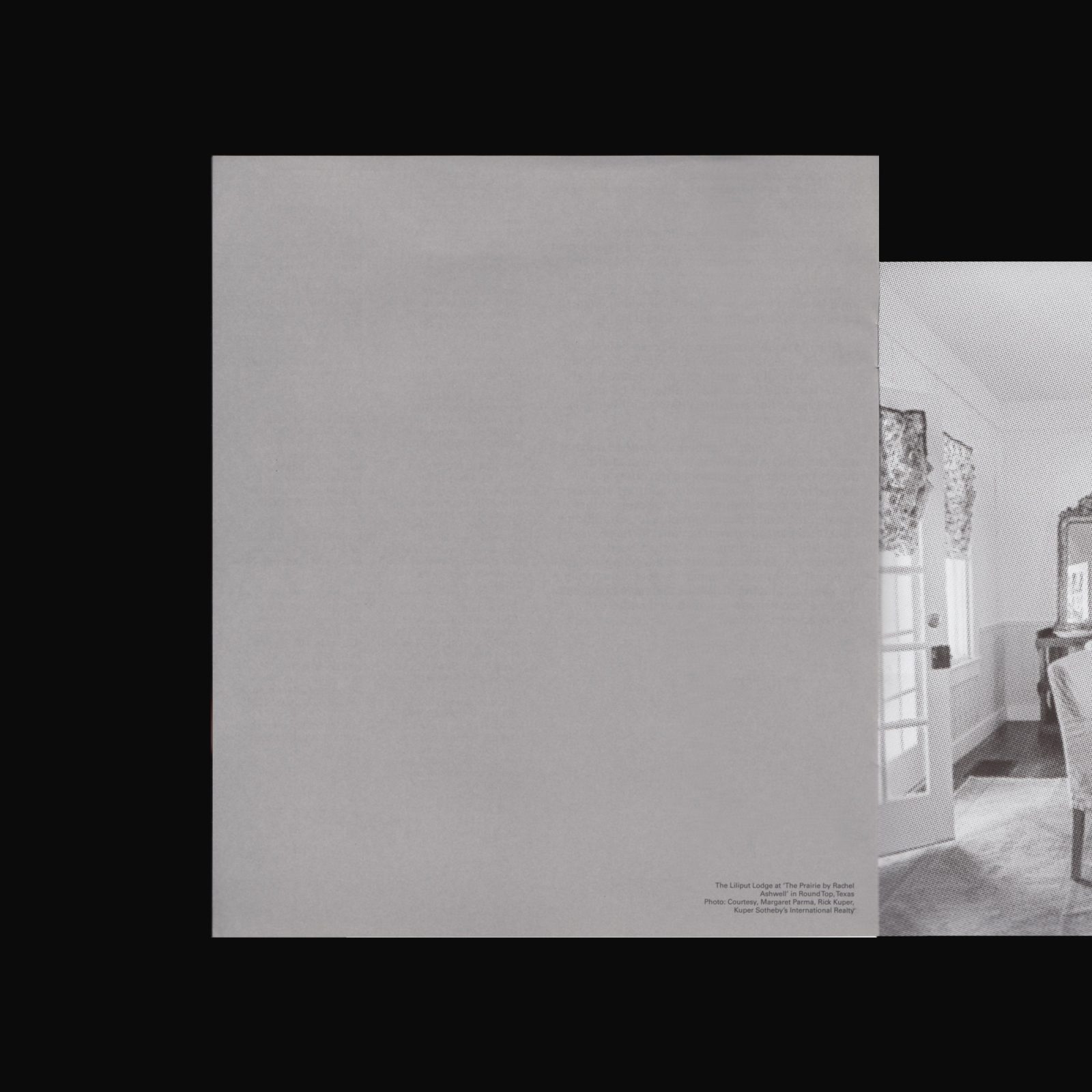
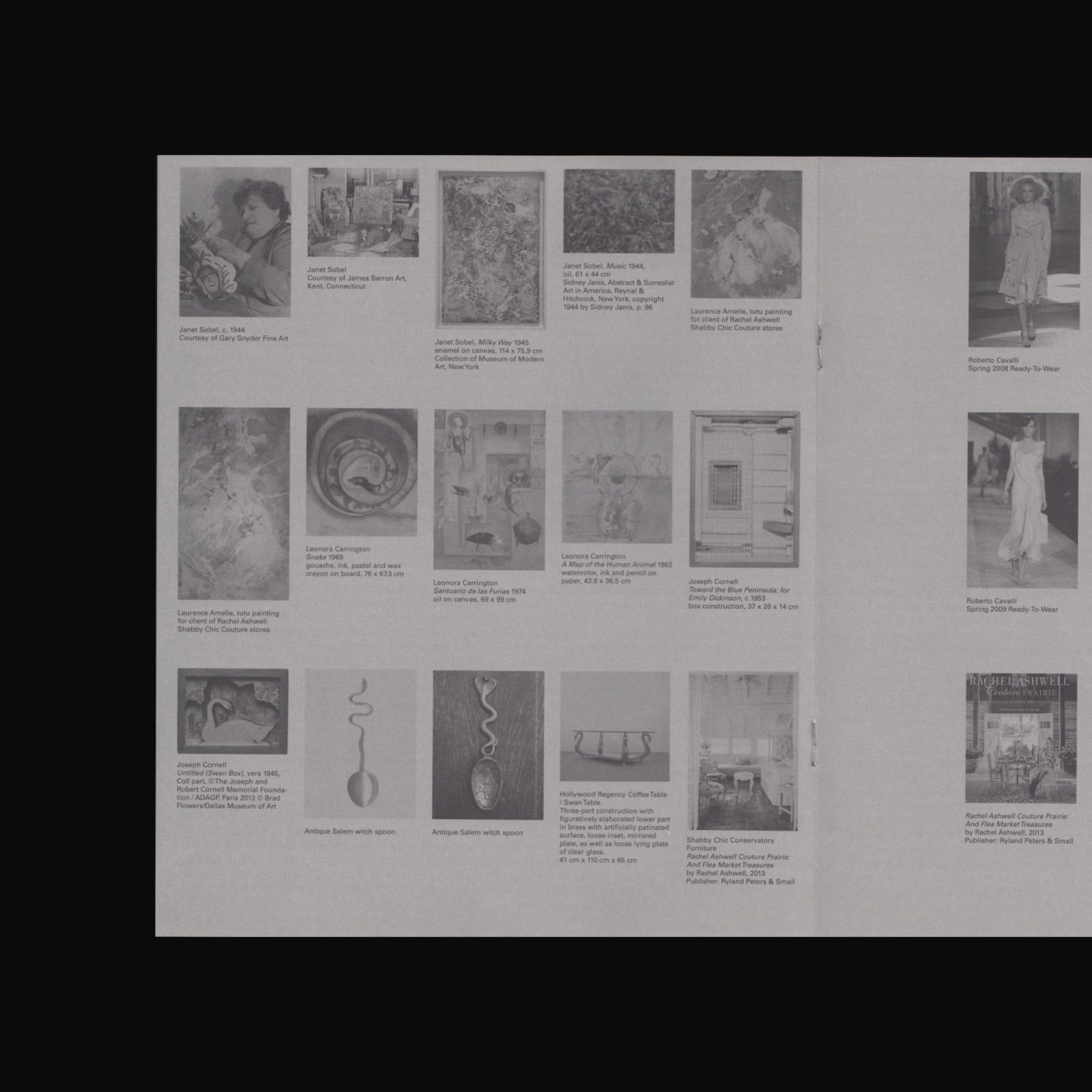
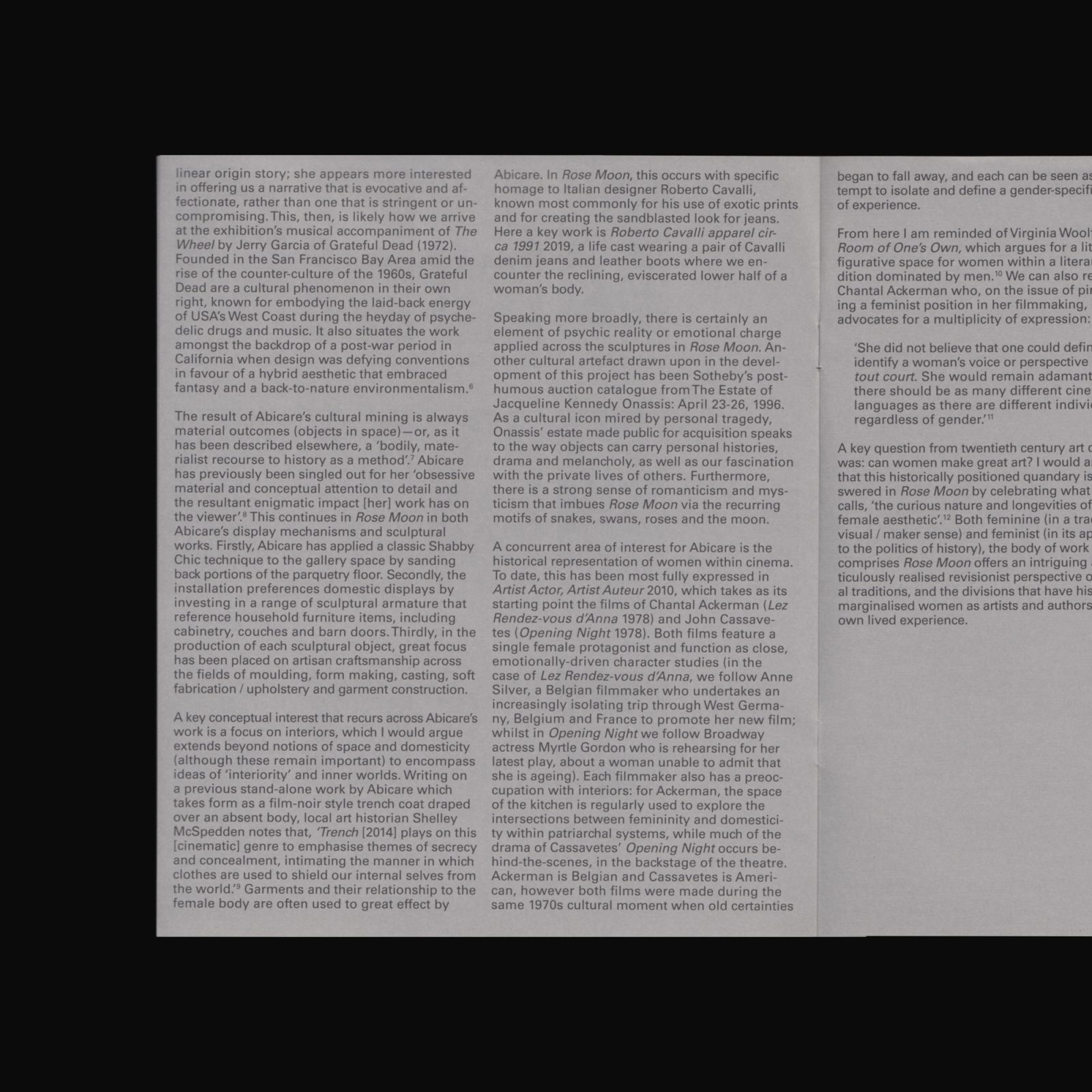
Exhibition pamphlet produced on the occasion of Fiona Abicare’s exhibition Rose Moon at West Space, Melbourne, 2019.
Abicare works across sculpture and site to explore diverse material histories. Influenced broadly by modernism and its interaction with art, design, architecture, film and fashion, her work absorbs and reflects cultural histories, personal memories and other embedded associations. Rose Moon explores the origins of the interior design style Shabby Chic in relation to art history and feminine aesthetics. Taking shape as a series of site-specific sculptures, Rose Moon considers the practice of the female home decorator as sculptor, painter and craft practitioner.